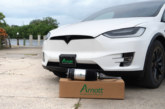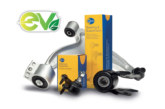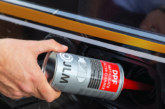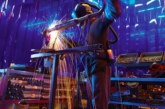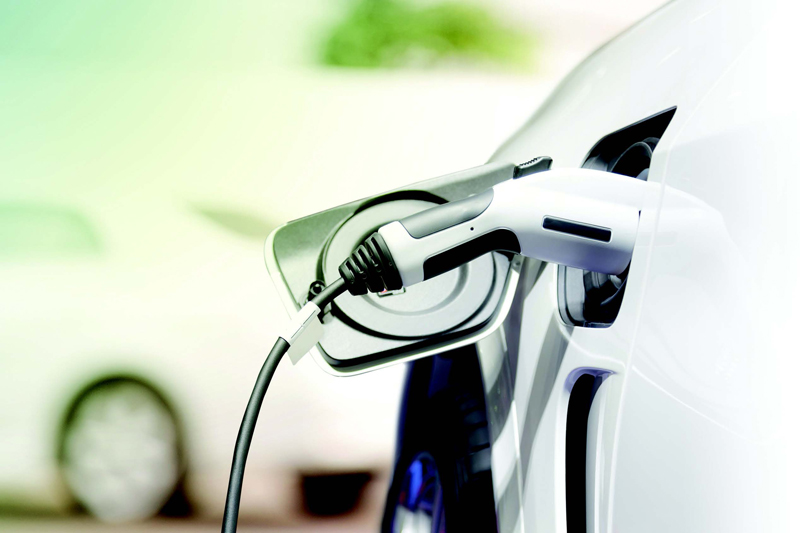
The last couple of years have seen large strides made in vehicle electrification technology, including improvements in battery range, charging and infrastructure. According to Delphi Technologies, this doesn’t just represent an opportunity for factors in the future; it is a chance for them to get ahead of the game now.
The electrified revolution is gathering pace. Whether a full hybrid, plug-in hybrid, mild hybrid, or full electric vehicle, the principle is the same; these vehicles offload all or part of the work of the conventional combustion engine to a battery-driven motor. This trend of using battery-driven motors to supplement or replace a combustion engine is quickly growing.
The continued emergence of hybrid and electric vehicle technology is not only big news for the automotive industry, but also for the aftermarket. As these vehicles become more commonplace and the first popular electrified cars become over two decades old, factors have an opportunity to grow their own business – as well as their customers’ – by adopting a proactive, business savvy stance towards this technology.
“The automotive industry is in a period of unprecedented change,” explains Julian Goulding, Marketing Manager at Delphi. “The growth of the hybrid and electric vehicle market represents a significant opportunity for the aftermarket, but it relies upon a willingness to learn the technologies’ requirements and nuances. With the additional complexities associated with servicing these vehicles, it is even more crucial for professionals to work with OE companies such as Delphi, who are developing these technologies for the world’s leading vehicle manufacturers.”
A growing market
The European Union agreed in December 2018 on new regulations to reduce CO2 emissions from cars by 2025 and 2030. These new targets represent a faster-thanexpected reduction in light vehicle CO2 emissions. The new policy would lower required average emissions for new cars sold in the EU to around 81g CO2/km by 2025 and 59 g CO2/km by 2030, compared with an average of more than 110 g CO2/km today.
To meet these new targets, vehicle manufacturers are increasing their focus on hybrid and electric vehicles, a point demonstrated by some of the world’s leading automakers already announcing plans to electrify their portfolio.
These changes could see a major shift, bringing hybrid and electric vehicles to the roads in unprecedented numbers during the next decade, with Delphi estimating that up to 53% of European vehicle production will be electrified by 2025 and 70% by 2030. This will translate to a worldwide parc of 50 million vehicles by 2025 alone – vehicles that gradually make their way out of the dealer service network and into the aftermarket. Whilst this is still a few years down the road, it’s worth remembering that first-generation hybrid and electric vehicles, such as the Toyota Prius, have been around for some time and will require servicing now, just like any other vehicle.
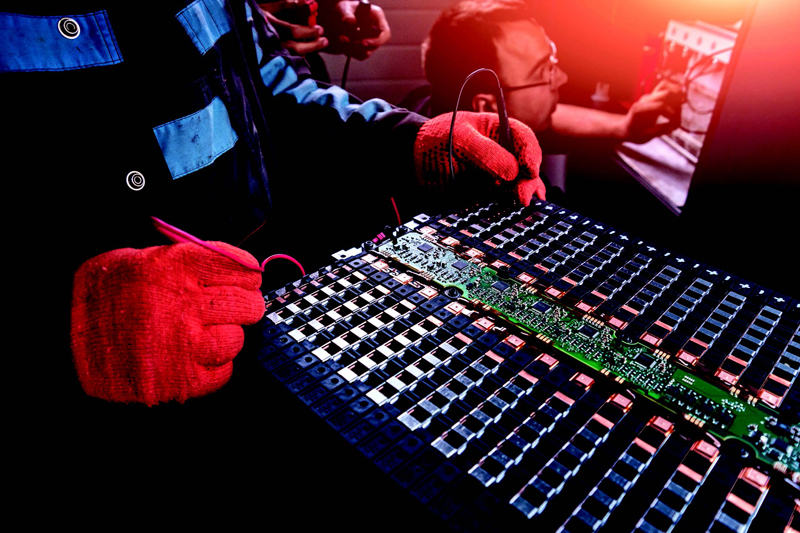
Improvements in technology
Thanks to improvements in technology, hybrid and electric vehicles are cheaper and are lasting longer. For example, battery technology has advanced significantly, delivering improved performance at reduced cost; power electronics have also moved forward, including high voltage capability and packaging benefits associated with smaller-scale, modular configurations. Due to this, some predict that cost parity between battery electric vehicles and internal combustion engines will occur around 2025.
Opportunities for the aftermarket
With increasing electrification comes a growing range of new car components, including batteries, electric drive motors, inverter assemblies and converters. However, these, and other traditional components, are still susceptible to wear, so factors must have a good, all-round knowledge of the key systems and components.
“Brakes, for example, can suffer from advanced corrosion due to regenerative braking systems on most forms of hybrid vehicle. This alters the frequency and force applied to brake components and changes the wear properties of service items such as discs and pads,” adds Julian.
The increasing electronic content will also require new diagnostic competencies. For example, it’s not uncommon for owners of older hybrids to report a reduction in fuel economy as a result of dendrite build-up. To remedy this, technicians will need to carry out a forced charge on the highvoltage battery using a quality diagnostic tool. The equipment and software presents another solid opportunity for factors to capitalise on.
The main obstacle for the aftermarket to overcome is the hesitancy of many garages to work on non-internal combustion engines, with Julian stating, “There is a perceived lack of aftermarket knowledge regarding H/EV powertrain, which results in main dealers retaining a greater proportion of servicing and repair work. This needn’t be the case and is another huge opportunity for proactive companies with the right skills and know-how”.
Delphi works closely with vehicle manufacturers to develop next-generation propulsion solutions and fully understands the challenges when it comes to servicing them. Julian commented, “We have unique access to the engineers creating the latest H/EV technology and aim to pass this knowledge on for the benefit of the aftermarket through IMI-accredited training opportunities.”
Knowledge is power
The company claims that its courses reflect the evolving nature of the industry, covering the fundamentals, such as the need for specialist personal protective equipment when handling hybrid system components to the subtleties of a high voltage system, and hands-on servicing experience.
Julian concludes, “We appreciate that you learn more from doing rather than listening, so courses provide an opportunity to build experience through the dismantling and repair of vehicles such as the Toyota Prius. H/EV technology is changing quickly, and so is consumer acceptance – it is vital that factors are prepared for the increased demand in H/EV service and repair items that is inevitable over the next couple of years. This is a significant opportunity, especially for can-do factors.”


